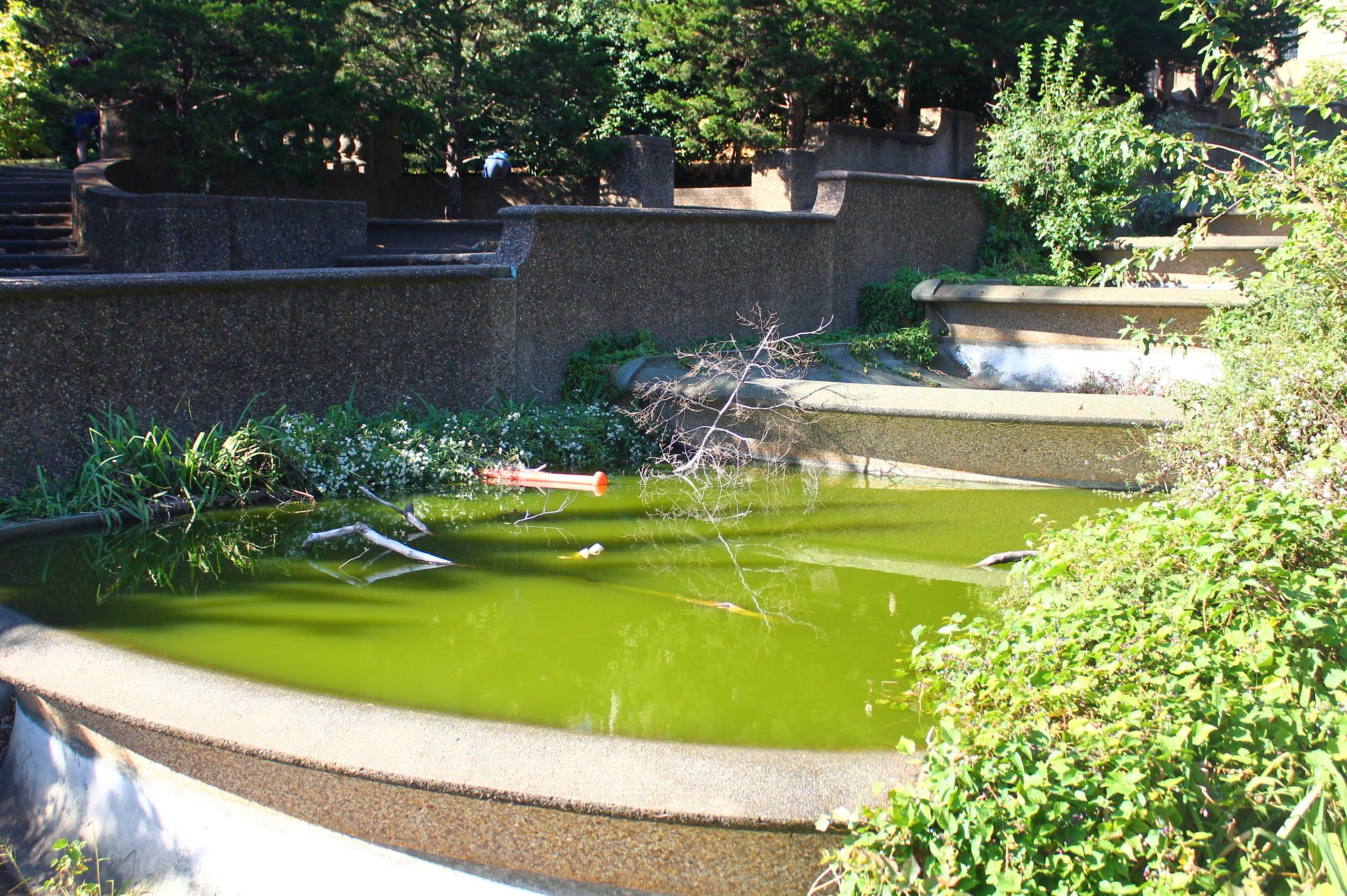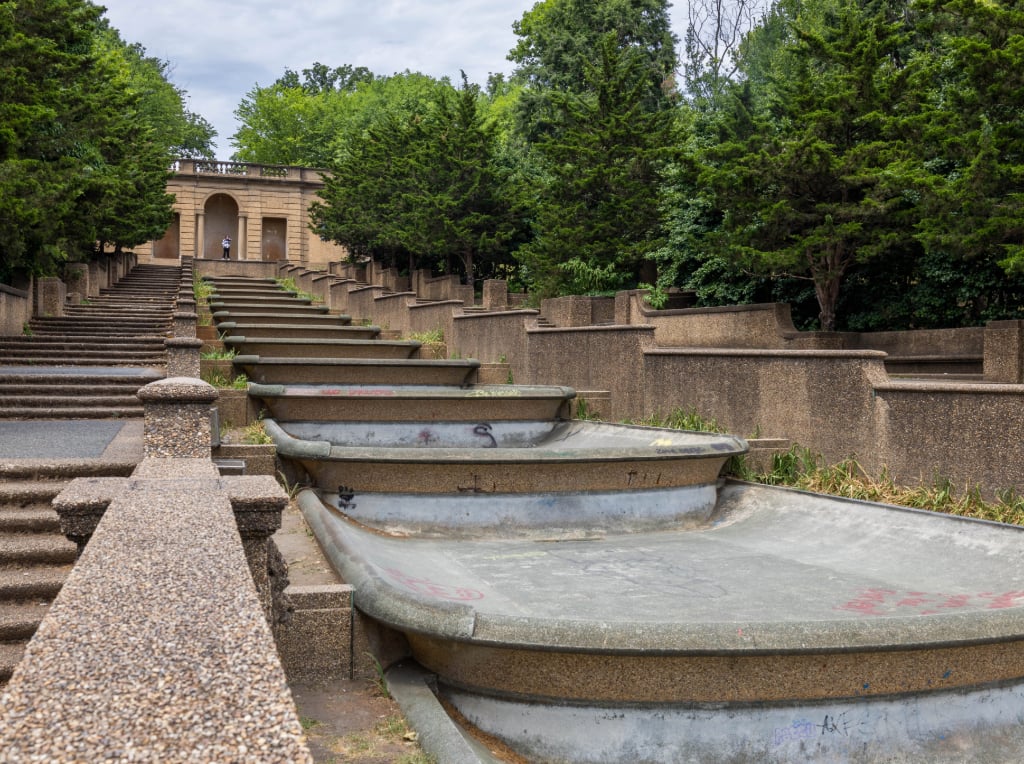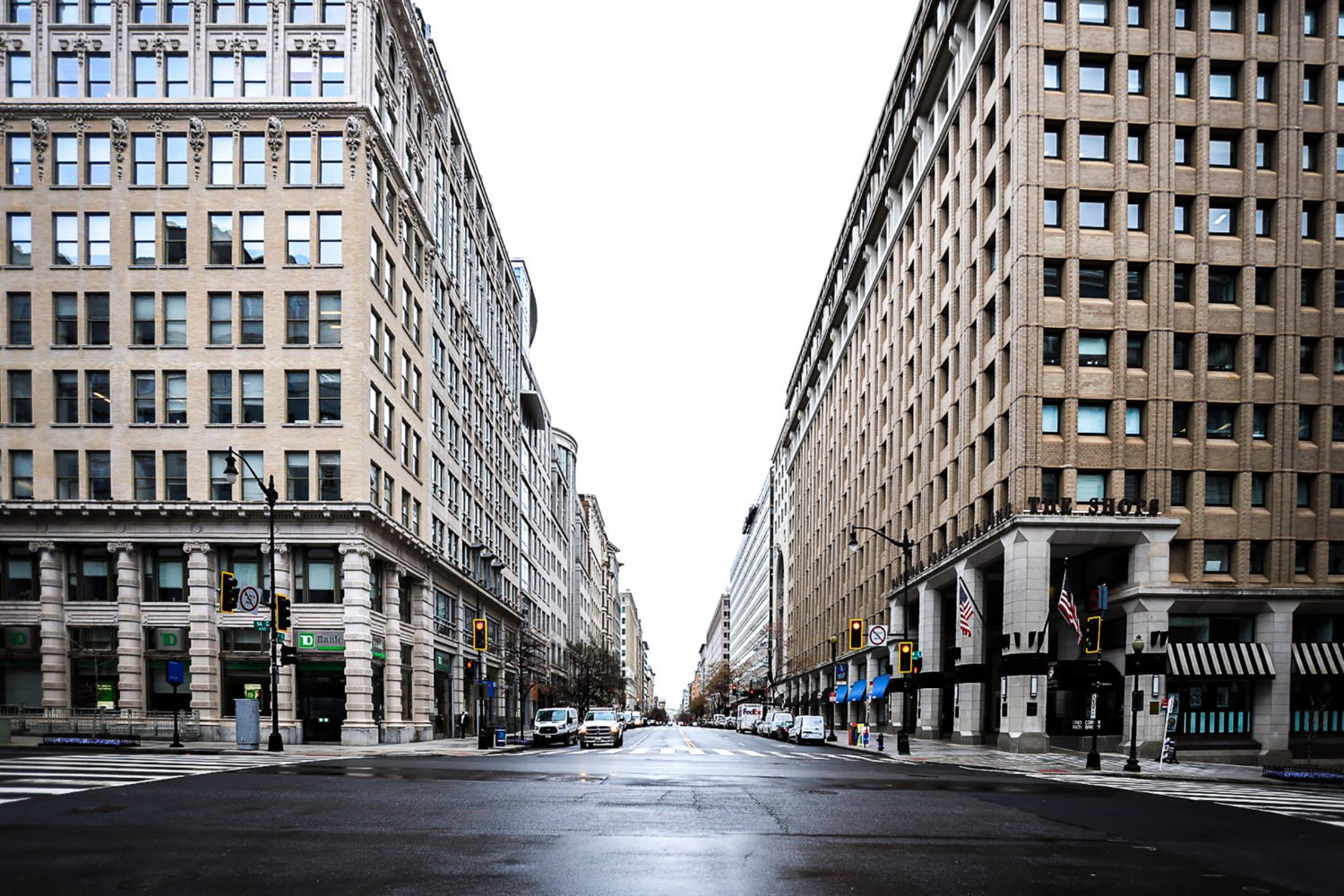DC’s park system has long been a point of pride for the city—and for good reason. Washington is home to a number of world-class monuments. Nearly a quarter of the city’s land is considered green space. The nonprofit Trust for Public Land has ranked Washington’s park system as the best in the nation for three years running.
But beneath these flattering accolades sits a systemic problem, according to a recent report by the Sumner M. Redstone Global Center for Prevention and Wellness at the George Washington University Milken Institute School of Public Health. In the study, researchers conclude that the federal government’s ownership or management of nearly 90 percent of DC’s parkland has worsened the city’s inequities.
To explore the issue in more detail, we spoke with Rachel Clark, the policy director of GW’s Redstone Center and the report’s lead author. The below interview has been edited for space and clarity:
So, DC has a reputation for having these great parks that are owned by the federal government. What did you find when you looked more closely at the issue?
That’s a pretty common assumption, especially because we have some pretty famous parks, like the National Mall, that draw a lot of tourists. The Trust for Public Land has ranked DC number one for the past couple of years, and that’s based on a number of factors. One of them [is] the investment in the park system [and another is that] we actually have a lot of green space.
But this masks a couple of issues that we found. One is that while the federal government devotes a lot of resources to the DC park system, the majority of that funding goes to the National Mall and the monuments. And the rest of the park system, which NPS manages hundreds of sites—[some] of them are very, very small—receives much, much less funding per acre than the National Mall. So that, obviously, is a big problem.
And we found that, based on a Department of Interior estimate, the National Park Service has $1.9 billion in deferred maintenance costs in DC—which, when you compare that to other states, is the second highest in the country, after only California.
How does the funding for such maintenance work?
We found that there are disparities in funding and that the National Park Service is actually very cash-strapped. The majority of its funding goes to staffing, and it has very little budget for any new projects or even small maintenance projects. So when [a federal official needs money to maintain a federally-owned park in DC], they need to apply for funding across the [entire federal] agency, which is very hard to do.
And so actually, even though in theory, the federal government is sort of footing the bill for a lot of our park system, the district government is already stepping in in a lot of places. The Department of Energy and Environment is doing stream restoration projects in parks east of the river, and that’s coming out of the local budget. And [the DC government] paid for the Franklin Park renovation.
Also, the National Park Service relies on philanthropic partnerships and friends groups to do a lot of maintenance in their parks as well. And what we found was that arrangement, unsurprisingly, leads to a lot of disparities in park maintenance, because a wealthier neighborhood is going to be able to pick up the tab more easily than a lower-income neighborhood.
Are there other ways in which local residents are poorly served by federal ownership of parks in DC?
The National Park Service’s mission is really focused on preservation both of wilderness and historic sights, and its regulations and operating system are really based on those priorities. And we found in our research that doesn’t fit well for a lot of the needs of an urban park system. So they are going to be making decisions that are more based on preserving land for the future, whereas District residents and the district government want to find ways for land to be used now to meet the needs of the people who live here.
Some concrete examples of that are that NPS is opposed to building playgrounds, dog parks, and different types of urban amenities. So that obviously makes it difficult that they own 90% of the parkland, and that those spaces can’t be used in the ways that a lot of residents want to use them.
Another very surprising finding is that even though we have this unique system—the National Park Service doesn’t run any other urban park systems, [DC] is the only one—there is very little coordination between the National Park System and District residents and the District government. There isn’t a body that’s meeting on a regular basis to coordinate on, like, “what do we need here? Who’s doing what?” So there’s just a lot of missed signals and missed opportunities to collaborate. And because of that, our research found that the decisions that the National Park System is making are not very responsive to what residents want to see and what the government might want to see.
Do the issue of rat control come up at all in your research?
It didn’t, but that’s an interesting question. Rat abatement is complicated in DC already because it arguably falls under a number of agencies. DC Health is in charge of it, but the Department of Public Works does activities that are related to it, like waste management. I think that it would be relevant to this in a couple of ways. First, if a National Park Service-owned property was having those issues, they wouldn’t have the funding to do a full of abatement. Another way that it’s related is that the National Park Service isn’t integrated into 311. So if a resident were to report a rat infestation somewhere and it was on federal land, [the report] wouldn’t actually reach the agency.
Among the policy changes you recommend is transferring ownership of federal parks in DC to the city government. How would that help?
I think that federal ownership of land is not central to the National Park Service’s mission. It’s probably a burden on NPS. It’s not high on their list of priorities. And so transferring it away would actually allow them to focus on the parks more central to their mission, and District ownership of those parks would allow the District to have more control over them and how they’re used, and to use them for things that residents want to see.
Are you confident that the DC government would do a better job?
So something that we point out in our report is that under the current system, the DC Department of Parks and Recreation really doesn’t have a parks portfolio, because it came up at the same time as NPS control of most of the parks. Because of that, it is overwhelmingly focused on recreation. And so we absolutely heard and found in our research that [the DC department] doesn’t have significant parks management capabilities. And there are plenty of frustrations with District-owned parks. So one part of our recommendations for increasing the District’s control over the parks is to increase its capacity to do that—[through] more funding, but [also] more people.


![Luke 008[2]-1 - Washingtonian](https://www.washingtonian.com/wp-content/uploads/2017/10/Luke-0082-1-e1509126354184.jpg)

















